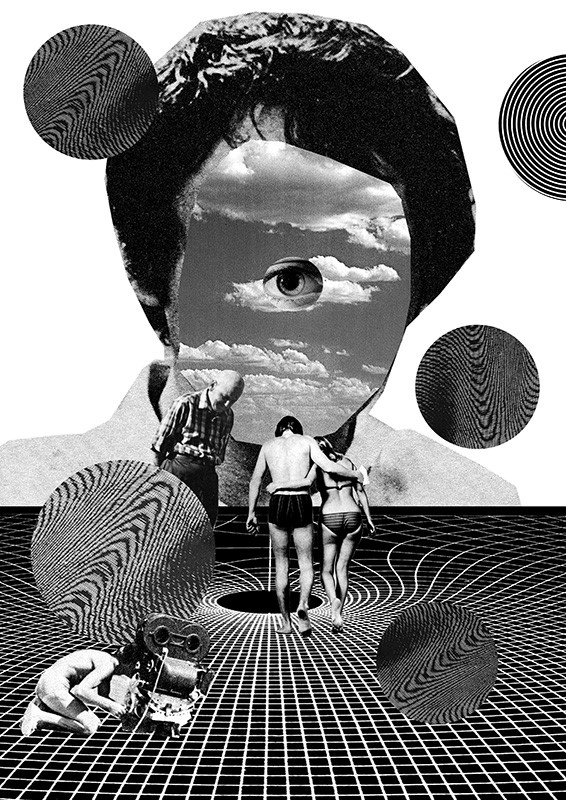What did Duchamp stand for? We find out with the help of Thomas Girst's stunning new book.
It’s arguable that Duchamp changed the world of art more than anyone else in his lifetime. It’s slightly more concrete to say that Duchamp changed the world of art in the 20th century. Without Duchamp, urinals would still just be urinals and we’d have no idea how great the Mona Lisa would look with a beard. But outside of the obvious, not a lot is known about this incredible man. In a new book, The Duchamp Dictionary, Thomas Girst outlines all of Duchamp’s moments of genius, madness and the many things that came in between. Here, through the very letters of the influential artist’s name, we get to know the man behind the art just a little bit better.
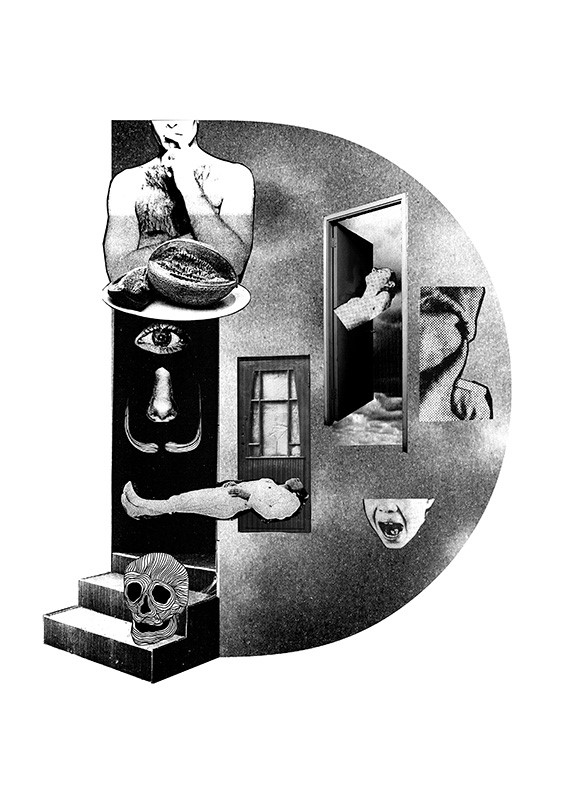
D is for Doubt
While Duchamp came to oppose the limitations of the overwhelmingly rational and logical philosophy of René Descartes, the artist nevertheless referred to his own “Cartesian mind” that “refused to accept anything, doubted everything”. His perpetual questioning of himself and his work laid the foundation for Duchamp as a game-changer, iconoclast and inventor. "It may be a great work of his to have brought doubt into the air that surrounds art", the artist Jasper Johns remarked about Duchamp. In fact, what Johns observed about artistic practice also holds true for the larger picture, as Duchamp himself made clear: “If one is logical, one doubts the history of art.”
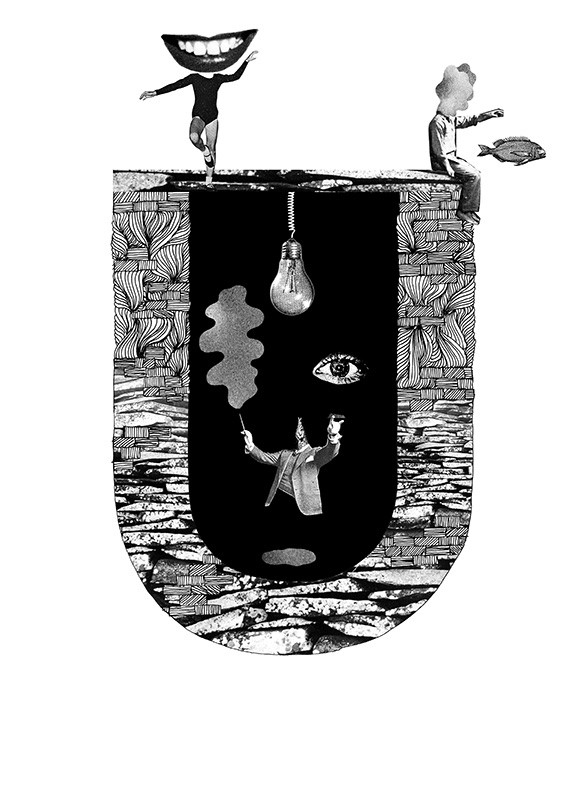
U is for Unrealised Projects
As well as leaving the Large Glass (1915-23) unfinished, Duchamp left papers containing a package with many notes that describe unrealized projects – “take one cubic centimeter of tobacco smoke and paint the exterior and the interior surfaces a waterproof colour” (smoking); “buy or take known or unknown paintings and sign then with the name of a known or unknown painter – the difference between the ‘style’ and the unexpected ‘name’ for the experts is the authentic work of Rrose Selavay (one of Duchamp’s pseudonyms) and defies forgeries”; “make large sculptures in which the listener would be a centre – for example an immense Venus di Milo made of sounds around the listener”; “trace a straight line on Rodin’s The Kiss as seen from a sight.”
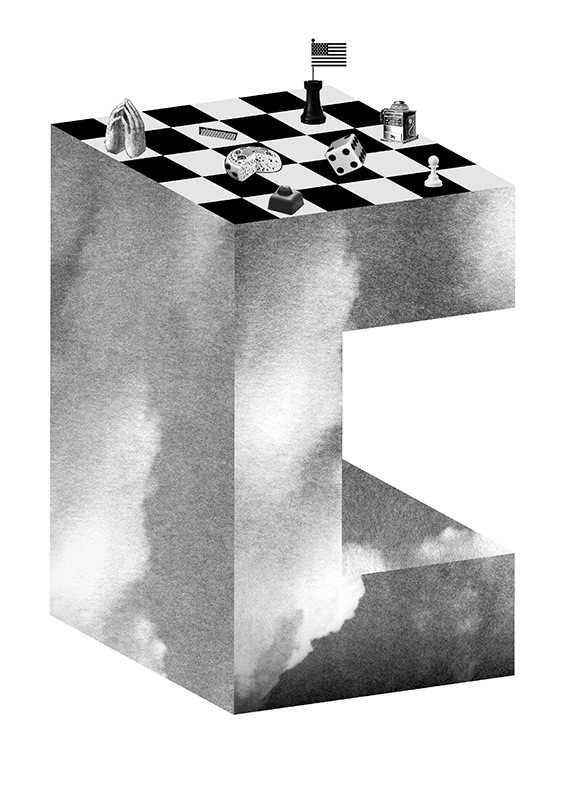
C is for Chocolate
As far as we know, Duchamp loved chocolate. In his New York apartment there were always chocolate bars on hs windowsill. While visiting his parents in Rouen, Duchamp was fascinated by the ancient chocolate grinder in one of the shop windows of the Chocolaterie E. Gamelin. Enthralled by the precision of such a compex machine, the encounter proved “a very important moment in my life” and became “a real point of departure” for his future work.
"His perpetual questioning of himself and his work laid the foundation for Duchamp as a game-changer, iconoclast and inventor"
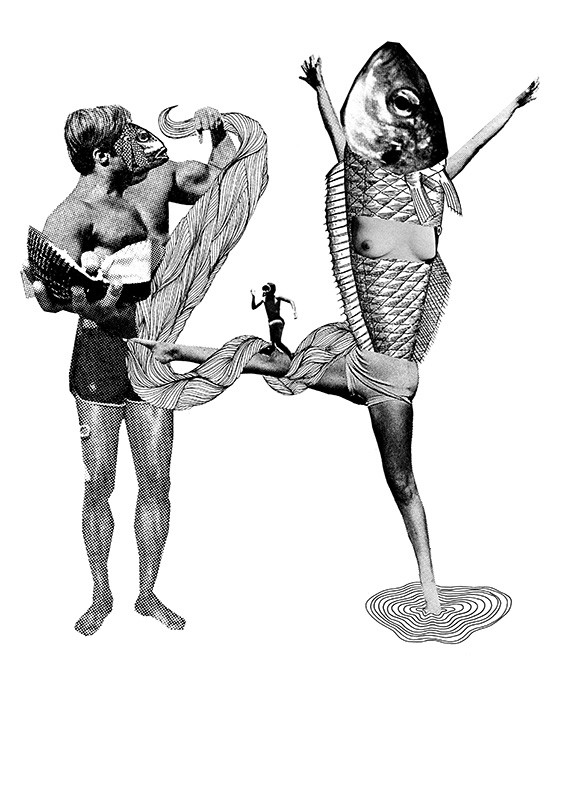
H is for Humour
“Humour and laughter – not necessarily derogatory derision – are my pet tools”, Duchamp said to Katherine Kuh in 1961. “This may come from my general philosophy of never taking the world too seriously – for fear of dying of boredom.” Duchamp said that humour was to be considered an “absolute condition” within his work and life. It is both sophisticated and subversive in that the artist consciously implements it to protect his works from the traps of self-importance and prestige.
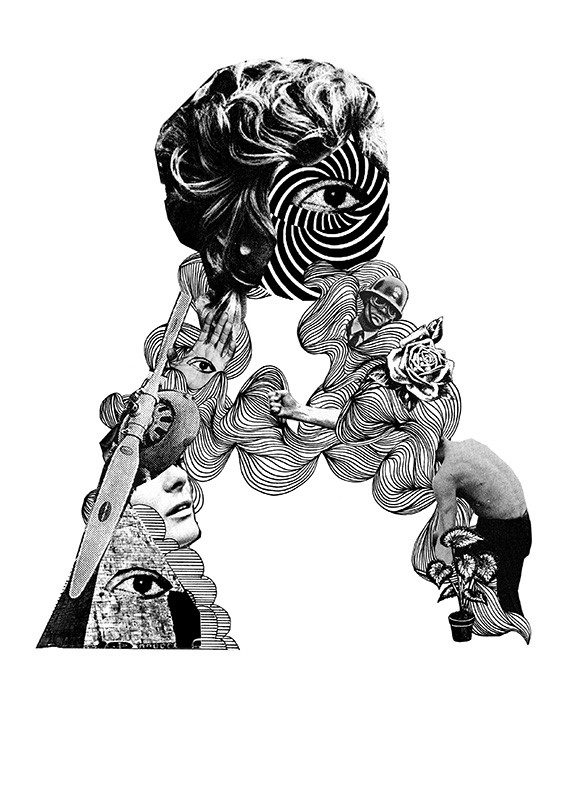
A is for An-Artist
“I am against the word ‘anti’ because it’s a bit like atheist, as compared to believer. And the atheist is just as much of a religious man as the believer is, and an anti-artists is just as much of an artists as the other artist. An-artist would be much better, if I could change it, instead of anti-artist. An-artist, meaning no artist at all. That would be my conception. I don’t mind being an an-artist.” Duchamps certainly did not mind the homophonic resemblance between ‘an-artist and ‘anarchist’ either.
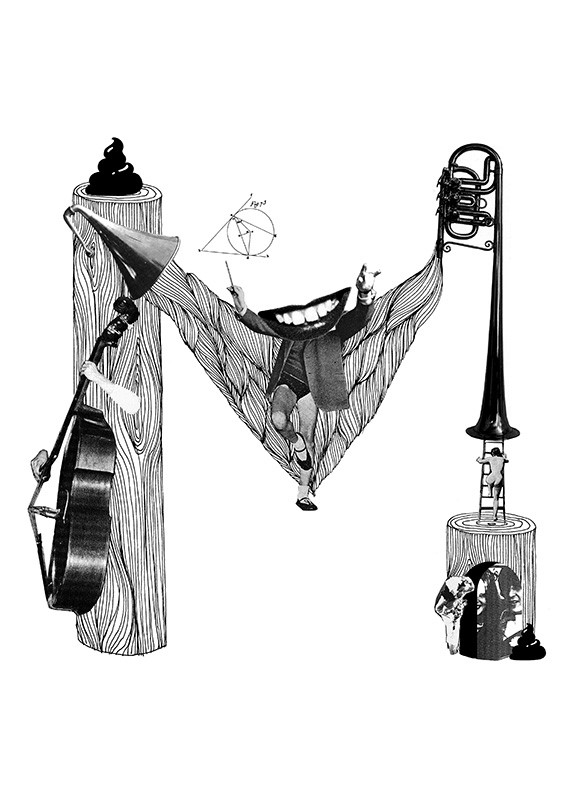
M is for Merde
‘Merde’ is the word he scrawled across the painting of a seated nude in 1911, apparently unhappy with his achievement. More famous still is Duchamp’s well-known analogy, in one of his notes from the Box of 1914, “arrhe is to art as shitte is to shite’, or ‘arrhe’ divided by ‘art’ = ‘shite’ divided by ‘shit’.”
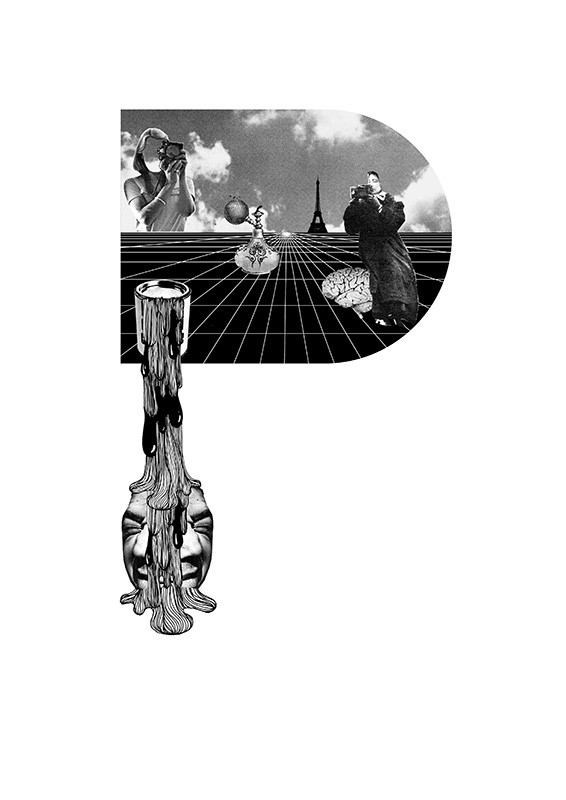
P is for Posterity
“Artists who, in their own lifetime, have managed to get people to value their junk are excellent traveling salesmen, but there is no guarantee as to the immortality of their work”, Duchamp said in a letter to his sister. “And even posterity is just a slut that conjures some away and brings others back to life… retaining the right to change her mind every 50 years or so.’
The Duchamp Dictionary by Thomas Girst and ilustrated by Luke Front and Therese Vandling is available from Thames & Hudson.
Introduction by Rosie Neve
